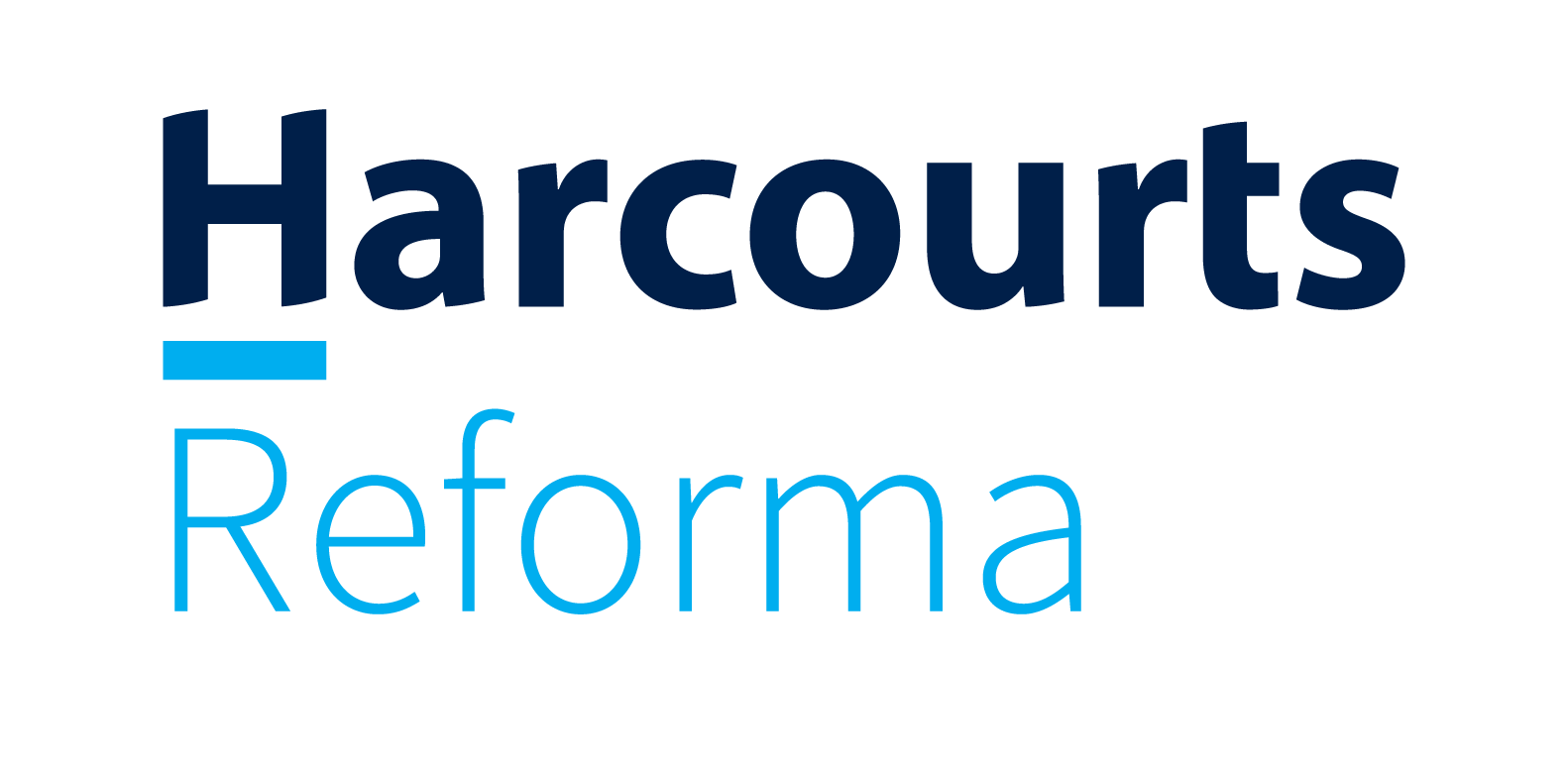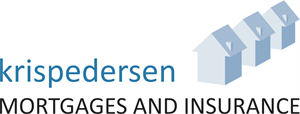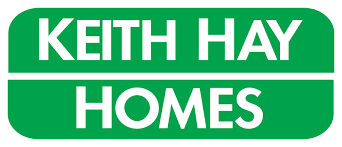The latest CoreLogic Buyer Classification data indicates that mortgaged multiple property owners (MPOs, including investors) accounted for nearly 23% of property purchases in September. While this is still below the more typical level of 25% or higher, it does show a steady increase from the low point of around 20% at the end of last year. While the numbers aren’t alarming just yet, they do suggest that ‘Mum and Dad’ investors are considering property investments again.
A closer examination reveals that this recent uptick in market share for mortgaged MPOs is primarily driven by smaller investors—those who own two properties following their most recent purchase—essentially marking their entry into the investment scene. On the other end, larger investors, particularly those with ten or more properties, have been more cautious in their buying efforts.
What factors might explain this growth? The return of mortgage interest deductibility to 80% from April 1st (and a full 100% by next April) for all properties, regardless of their age, has likely played a key role. Additionally, the previous 40% deposit requirement (or even 35%) was a burden for many investors. However, with the minimum deposit for existing properties under the LVR rules now at 30%, this change is undoubtedly helping some investors re-enter the market.
Perhaps most crucially, the narrowing gap between property yields and mortgage rates is improving quickly as interest rates decline and yields rise. This means the cash top-ups required for typical rental property purchases are decreasing from a very stretched level to a more manageable one, although they remain high. Many savvy investors are likely finding individual deals where this gap is even smaller or nonexistent, potentially securing cashflow positive properties.
During my recent presentation at the NZPIF Conference in Christchurch, I noticed a more positive atmosphere among attendees—not overly optimistic, but certainly more hopeful regarding investment opportunities for 2025.
One question raised at the conference involved identifying a ‘magic number’ for interest rates, where top-ups could return to a ‘comfortable’ level for a broader range of investors. There’s not a clear-cut answer, as mortgage terms vary widely and investors’ circumstances differ. Historically, a yield-rate gap of around 1.5% seems to be a threshold for investors. For example, a yield of 4% could make a typical mortgage rate of 5.5% appealing for more buyers, which may be reached soon.
Conversely, we estimate that a 5.5% mortgage rate might also signify a threshold where debt-to-income (DTI) ratio restrictions become more stringent. Observing the potential trade-off between lower borrowing costs and stricter credit regulations will be intriguing over the next 12 to 18 months.
It is important to remember that new builds are exempt from LVRs and DTIs. Additionally, anyone considering that a change in government a few years from now could lead to the reinstatement of interest deductibility might also be looking at new properties with a favorable outlook.

Kelvin Davidson
Kelvin Davidson is the Chief Economist of CoreLogic New Zealand.















Add Comment